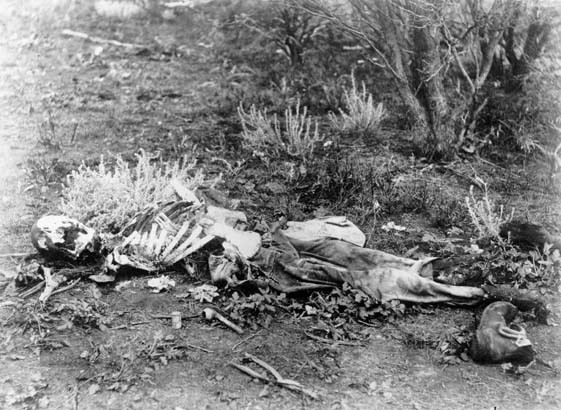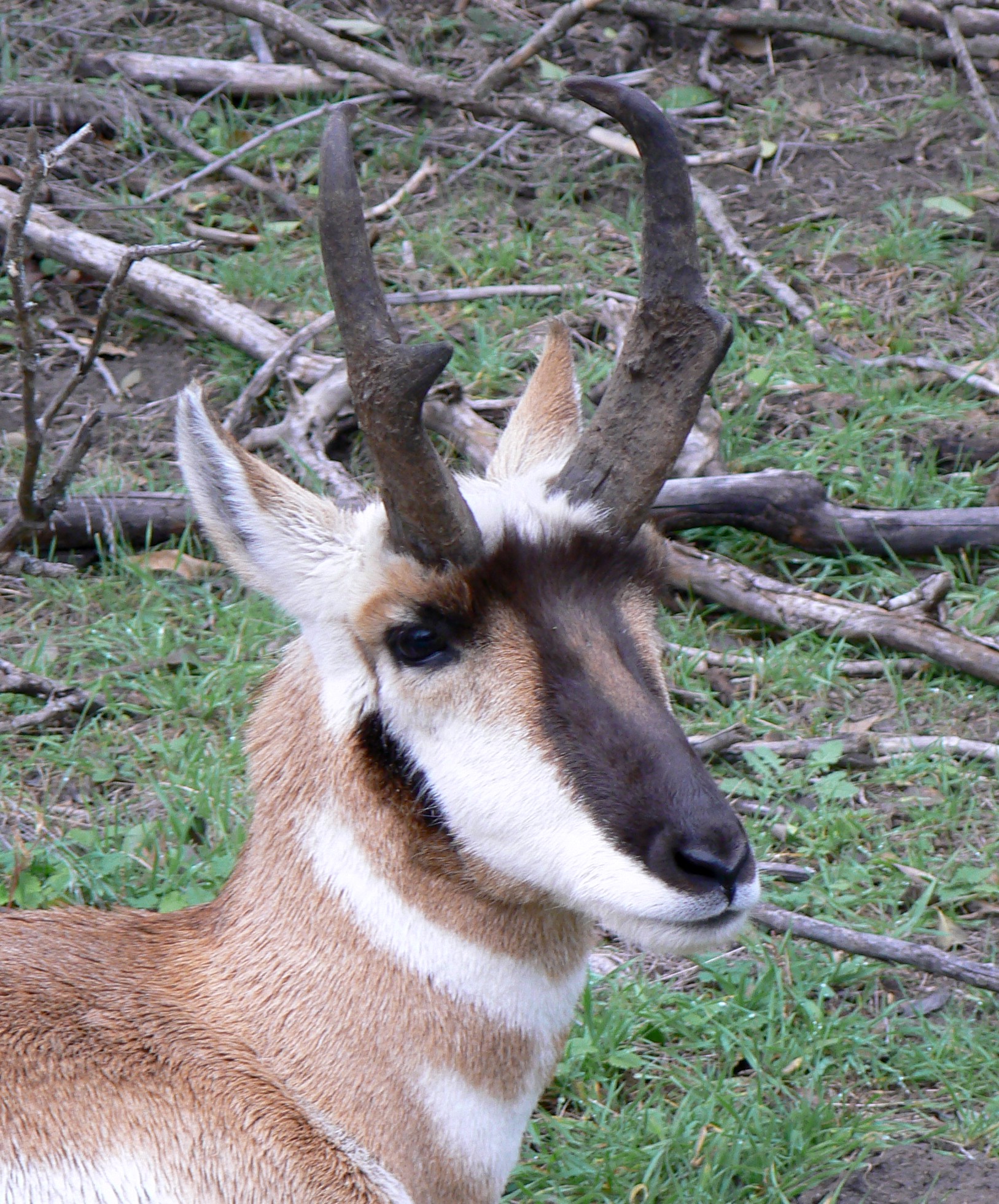|
Paleofeces
Paleofeces (or palaeofaeces in British English) are ancient human feces, often found as part of archaeological excavations or surveys. The term coprolite is often used interchangeably, although coprolite can also refer to fossilized animal feces. Intact feces of ancient people may be found in caves in arid climates and in other locations with suitable preservation conditions. They are studied to determine the diet and health of the people who produced them through the analysis of seeds, small bones, and parasite eggs found inside. The feces can contain information about the person excreting the material as well as information about the material itself. They can also be chemically analyzed for more in-depth information on the individual who excreted them, using lipid analysis and ancient DNA analysis. The success rate of usable DNA extraction is relatively high in paleofeces, making it more reliable than skeletal DNA retrieval. The reason this analysis is possible at all i ... [...More Info...] [...Related Items...] OR: [Wikipedia] [Google] [Baidu] |
Coprolite
A coprolite (also known as a coprolith) is fossilized feces. Coprolites are classified as trace fossils as opposed to body fossils, as they give evidence for the animal's behaviour (in this case, diet) rather than morphology. The name is derived from the Greek words κόπρος (''kopros'', meaning "dung") and λίθος (''lithos'', meaning "stone"). They were first described by William Buckland in 1829. Before this, they were known as "fossil fir cones" and "bezoar stones". They serve a valuable purpose in paleontology because they provide direct evidence of the predation and diet of extinct organisms. Coprolites may range in size from a few millimetres to over 60 centimetres. Coprolites, distinct from '' paleofeces'', are fossilized animal dung. Like other fossils, coprolites have had much of their original composition replaced by mineral deposits such as silicates and calcium carbonates. Paleofeces, on the other hand, retain much of their original organic compo ... [...More Info...] [...Related Items...] OR: [Wikipedia] [Google] [Baidu] |
Human Feces
Human feces (American English) or faeces (British English), commonly and in medical literature more often called stool, are the solid or semisolid remains of food that could not be digested or absorbed in the small intestine of humans, but has been further broken down by bacteria in the large intestine. It also contains bacteria and a relatively small amount of metabolic waste products such as bacterially altered bilirubin, and the dead epithelial cells from the lining of the gut. It is discharged through the anus during a process called defecation. Human feces has similarities to the feces of other animals and varies significantly in appearance (i.e. size, color, texture), according to the state of the diet, digestive system, and general health. Normally, human feces are semisolid, with a mucus coating. Small pieces of harder, less moist feces can sometimes be seen impacted in the distal (final or lower) end. This is a normal occurrence when a prior bowel movement is incomp ... [...More Info...] [...Related Items...] OR: [Wikipedia] [Google] [Baidu] |
Acorn
The acorn is the nut (fruit), nut of the oaks and their close relatives (genera ''Quercus'', ''Notholithocarpus'' and ''Lithocarpus'', in the family Fagaceae). It usually contains a seedling surrounded by two cotyledons (seedling leaves), enclosed in a tough Nutshell, shell known as the pericarp, and borne in a cup-shaped Calybium, cupule. Acorns are long and on the fat side. Acorns take between 5 and 24 months (depending on the species) to mature; see the List of Quercus species, list of ''Quercus'' species for details of oak classification, in which acorn morphology (biology), morphology and phenology are important factors. Etymology The word ''acorn'' (earlier ''akerne'', and ''acharn'') is related to the gothic language, Gothic name ''akran'', which had the sense of "fruit of the unenclosed land". The word was applied to the most important forest produce, that of the oak. Geoffrey Chaucer, Chaucer spoke of "achornes of okes" in the 14th century. By degrees, popular etym ... [...More Info...] [...Related Items...] OR: [Wikipedia] [Google] [Baidu] |
Anthropology
Anthropology is the scientific study of humanity, concerned with human behavior, human biology, cultures, society, societies, and linguistics, in both the present and past, including archaic humans. Social anthropology studies patterns of behaviour, while cultural anthropology studies cultural meaning, including norms and values. The term sociocultural anthropology is commonly used today. Linguistic anthropology studies how language influences social life. Biological anthropology, Biological (or physical) anthropology studies the biology and evolution of Human evolution, humans and their close primate relatives. Archaeology, often referred to as the "anthropology of the past," explores human activity by examining physical remains. In North America and Asia, it is generally regarded as a branch of anthropology, whereas in Europe, it is considered either an independent discipline or classified under related fields like history and palaeontology. Etymology The abstract noun ''wikt ... [...More Info...] [...Related Items...] OR: [Wikipedia] [Google] [Baidu] |
Zooarchaeology
Zooarchaeology or archaeozoology merges the disciplines of zoology and archaeology, focusing on the analysis of animal remains within archaeological sites. This field, managed by specialists known as zooarchaeologists or faunal analysts, examines remnants such as bones, shells, hair, chitin, scales, hides, and proteins, such as DNA, to derive insights into historical human-animal interactions and environmental conditions. While bones and shells tend to be relatively more preserved in archaeological contexts, the survival of faunal remains is generally infrequent. The degradation or fragmentation of faunal remains presents challenges in the accurate analysis and interpretation of data. Characterized by its interdisciplinary nature, zooarchaeology bridges the studies of ancient human societies and the animal kingdom. Practitioners, from various scientific backgrounds including anthropology, paleontology, and ecology, aim primarily to identify and understand human interactions with a ... [...More Info...] [...Related Items...] OR: [Wikipedia] [Google] [Baidu] |
Stercobilin
Stercobilin is a tetrapyrrolic bile pigment and is one end-product of heme catabolism. It is the chemical responsible for the brown color of human feces and was originally isolated from feces in 1932. Stercobilin (and related urobilin) can be used as a marker for biochemical identification of fecal pollution levels in rivers. Metabolism Stercobilin results from breakdown of the heme moiety of hemoglobin found in erythrocytes (red blood cells). Macrophages break down senescent erythrocytes and break the heme down into biliverdin, which rapidly reduces to free bilirubin. Bilirubin binds tightly to plasma proteins (especially albumin) in the blood stream and is transported to the liver, where it is conjugated with one or two glucuronic acid residues into bilirubin diglucuronide, and secreted into the small intestine as bile. In the small intestine, some bilirubin glucuronide is converted back to bilirubin via bacterial enzymes in the terminal ileum. This bilirubin is furth ... [...More Info...] [...Related Items...] OR: [Wikipedia] [Google] [Baidu] |
Coprostanol
5β-Coprostanol (5β-cholestan-3β-ol) is a 27-carbon stanol formed from the net reductive metabolism of cholesterol (cholest-5en-3β-ol) in the Gut (zoology), gut of most higher animals and birds. This compound has frequently been used as a biomarker for the presence of human feces, faecal matter in the Ecosystem, environment. 5β-coprostanol is thought to be exclusively bacterial in origin. Chemical properties Solubility 5β-coprostanol has a low water solubility, and consequently a high octanol-water partition coefficient . In other words, 5β-coprostanol has an affinity nearly 1 billion times higher for octanol than for water. This means that in most environmental systems, 5β-coprostanol will be associated with the solid phase. Degradation In Hypoxia (environmental), anaerobic sediments and soils, 5β-coprostanol is stable for many hundreds of years enabling it to be used as an indicator of past faecal discharges. As such, records of 5β-coprostanol from paleo-environme ... [...More Info...] [...Related Items...] OR: [Wikipedia] [Google] [Baidu] |
Çatalhöyük
Çatalhöyük (English: Chatalhoyuk ; ; also ''Çatal Höyük'' and ''Çatal Hüyük''; from Turkish language, Turkish ''çatal'' "fork" + ''höyük'' "tumulus") is a Tell (archaeology), tell (a mounded accretion resulting from long-term human settlement) of a very large Neolithic and Chalcolithic proto-city settlement in southern Anatolia, which existed from approximately 7500 BC to 5600 BC and flourished around 7000 BC. In July 2012, it was inscribed as a UNESCO World Heritage Site. Çatalhöyük overlooks the Konya Plain, southeast of the present-day city of Konya (ancient Iconium) in Turkey, approximately from the twin-coned volcano of Mount Hasan. The eastern settlement forms a mound that would have risen about above the plain at the time of the latest Neolithic occupation. There is also a smaller settlement mound to the west and a Byzantine Empire, Byzantine settlement a few hundred meters to the east. The prehistoric mound settlements were abandoned before the Bronze ... [...More Info...] [...Related Items...] OR: [Wikipedia] [Google] [Baidu] |
Cottontail Rabbit
Cottontail rabbits are in the ''Sylvilagus'' genus, which is in the family Leporidae. They are found in the Americas. Most ''Sylvilagus'' species have stub tails with white undersides that show when they retreat, giving them their characteristic name. However, this feature is not present in all ''Sylvilagus'', nor is it unique to the genus. However their fur ranges from brown to gray and changes throughout the year, depending on the season. The genus is widely distributed across North America, Central America, and northern and central South America, though most species are confined to particular regions. Most species live in nests called forms, and all have altricial young. They often live on the edges of fields, farms, and other open spaces far from highly populated areas. But sometimes they make their nests in yards and parks near more people. An adult female averages three litters per year, which can be born in any season. Occurrence and litter size depend on several factors ... [...More Info...] [...Related Items...] OR: [Wikipedia] [Google] [Baidu] |
Pronghorn
The pronghorn (, ) (''Antilocapra americana'') is a species of artiodactyl (even-toed, hoofed) mammal indigenous to interior western and central North America. Though not an antelope, it is known colloquially in North America as the American antelope, prong buck, pronghorn antelope, and prairie antelope, because it closely resembles the antelopes of the Old World and fills a similar ecological niche due to parallel evolution. It is the only surviving member of the family Antilocapridae. During the Pleistocene epoch, about 11 other antilocaprid species existed in North America, many with long or spectacularly twisted horns.Smithsonian Institution. North American MammalsPronghorn ''Antilocapra americana'' Three other genera ('' Capromeryx'', '' Stockoceros'' and '' Tetrameryx'') existed when humans entered North America but are now extinct. The pronghorn's closest living relatives are the giraffe and okapi. See Fig. S10 in Supplementary Information. The antilocaprids are part of ... [...More Info...] [...Related Items...] OR: [Wikipedia] [Google] [Baidu] |








